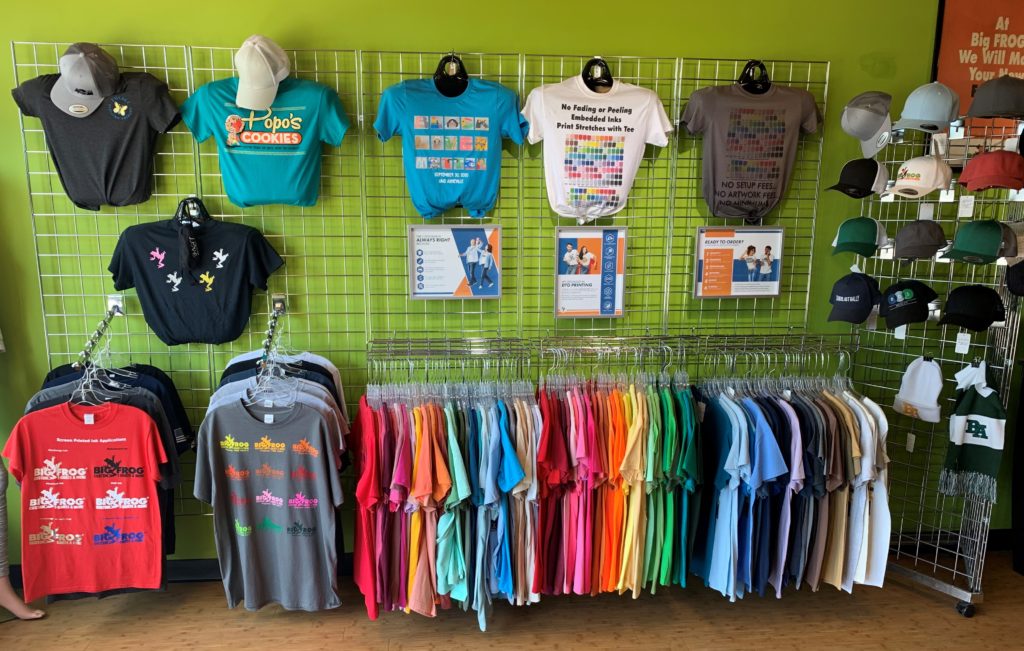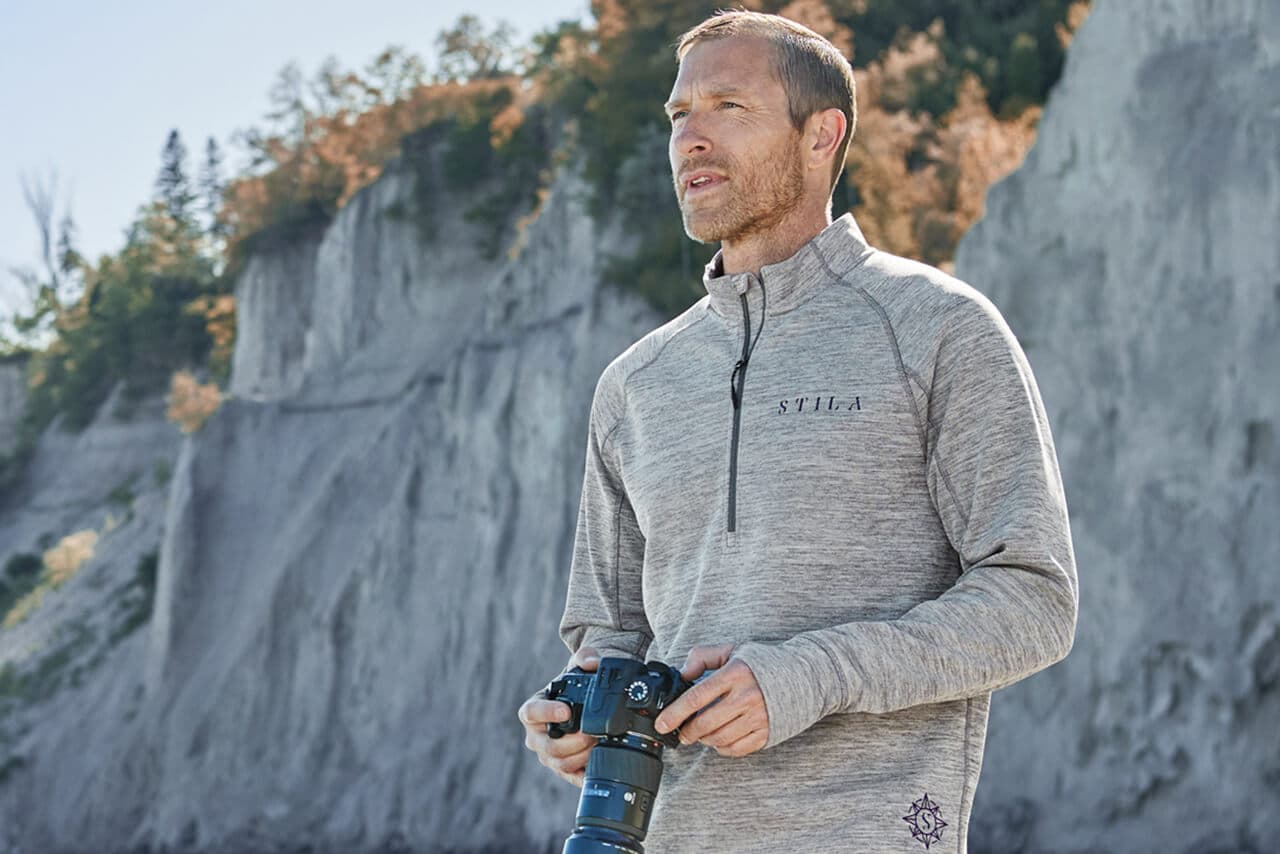All About Apparel: A Comprehensive Guide to Understanding Fashion Trends
The exploration of fashion fads discloses much concerning social worths and individual identity. Historical movements have shaped contemporary styles, while fabric options reflect both moral and visual factors to consider. Social media and prominent developers play critical roles in this ever-evolving landscape. As periods transform, so as well do the patterns that dominate wardrobes. Understanding these dynamics can cause an extra thoughtful strategy to individual style and sustainability. What stays to be discovered in this detailed web of style?

The Historic Development of Style
Throughout history, style has advanced in action to cultural, social, and financial adjustments, mirroring the values and identities of different ages. From the sophisticated garments of old human beings to the minimalist designs of modern times, each period showcases an unique visual influenced by prevailing ideologies. The Center Ages highlighted discreetness and social standing, while the Renaissance commemorated humanism and imaginative expression with elaborate layouts. The Industrial Change introduced automation, democratizing fashion and making it available to a wider audience. The 20th century saw fast changes, with movements such as the flapper style of the 1920s challenging conventional sex norms and the countercultural styles of the 1960s embodying rebellion. Today, fashion remains to link with sustainability, globalization, and technology, reflecting modern values while recognizing its historic roots. This ongoing evolution highlights style's function as a mirror of social change and private identity.
Secret Fashion Movements and Their Impact
While fashion movements usually arise in response to social changes, they likewise possess substantial impact on society and identification. Throughout history, various movements have redefined appearances and tested standards, such as the 1920s flapper style, which symbolized women's liberation and modernity. The punk movement of the 1970s interfered with traditional style with its defiant perspective, mirroring social unrest. In contrast, the minimal motion of the late 20th century highlighted simpleness and capability, resonating with an expanding desire for authenticity and sustainability.Recent trends, such as athleisure, highlight the crossway of comfort and style, driven by the surge of health and wellness consciousness. The influence of these activities expands past clothes; they shape private expression and area identity, often offering as a reflection of political and social environments. Comprehending these key fashion motions uses insight into the dynamic interplay between fashion, culture, and identification in contemporary culture.
Understanding Textile and Material Selections

Material Types Overview
Fabric types play an essential duty in style, influencing both the functional and aesthetic elements of garments. Different fabrics exhibit distinctive qualities that satisfy various designs and objectives. All-natural fibers, such as cotton and bed linen, are understood for their breathability and comfort, making them excellent for laid-back wear. Conversely, artificial textiles like polyester and nylon provide longevity and resistance to wrinkles, appealing for formal and energetic attire. Furthermore, glamorous products such as silk and cashmere give style and softness, often used in high-end fashion. Each fabric type adds distinctively to the total design, drape, and really feel of clothes, thereby forming customer preferences and trends. Comprehending these choices is important for making informed options in vogue.
Lasting Material Options
As the fashion business significantly prioritizes environmental duty, lasting material options have actually gained considerable focus. Brands and designers are now discovering environment-friendly textiles such as organic cotton, Tencel, and hemp, which need less resources and much less damaging chemicals in their manufacturing processes. Recycled materials, like polyester made from plastic containers, are additionally being used to reduce waste and promote round fashion. In addition, technologies in lab-grown products and naturally degradable textiles are emerging, using alternatives that decrease environmental influence. These lasting selections not only address eco-friendly worries but also reverberate with consumers looking for ethically created apparel. By selecting sustainable materials, the fashion industry takes a vital action in the direction of a much more accountable future, advertising both style and environmental stewardship.
Treatment and Maintenance Tips
Choosing the ideal care methods for specific products is important when it comes to maintaining the long life of apparel (The Branded Wardrobe). Different fabrics require customized techniques to prevent damage and protect their look. For example, delicate materials like silk and lace need to be hand-washed or dry-cleaned to prevent diminishing or tearing. Cotton and polyester blends are generally extra sturdy and can hold up against machine washing but need to be washed in cool water to avoid fading. Wool requires gentle handling; hand-washing or utilizing a wool cycle is suggested. In addition, air drying out is more effective for most materials to stop warmth damage from dryers. Understanding these treatment needs can greatly prolong the life of garments, ensuring they continue to be useful and trendy for many years to find
The Role of Fashion Designers and Influencers
Style influencers and developers play crucial roles fit contemporary patterns. Developers bring imagination and technology Bonuses to their collections, while influencers magnify these styles via their systems, reaching wider audiences. Partnerships between the 2 usually result in fads that resonate deeply with consumers, linking the space between imaginative vision and market demand.
Influencer Influence On Trends
Although the apparel industry has actually long been published here affected by developers, the surge of social media sites has changed a significant portion of that influence to digital makers and influencers. These individuals, typically with considerable followings, curate and advertise patterns that resonate with their audiences. Their capability to connect directly with fans cultivates a feeling of authenticity, making their endorsements a lot more impactful than traditional marketing. Influencers often work together with brand names, introducing collections that reflect their unique designs, which can rapidly get traction out there. Furthermore, platforms like Instagram and TikTok enable immediate feedback, allowing influencers to gauge public passion and adjust fads swiftly. This vibrant relationship between influencers and style has actually redefined exactly how patterns spread and emerge in contemporary society.
Designer Imagination and Advancement
While influencers play a vital duty in forming modern trends, the creativity and technology of stylist remain at the core of the sector. Designers not only produce garments yet likewise set the tone for aesthetic appeals, functionality, and cultural importance. Their special visions drive the advancement of fashion, usually difficult societal standards and pushing borders - The Branded Wardrobe. With ingenious methods and products, designers craft collections that resonate with both consumers and movie critics, establishing themselves as trailblazers. This creative thinking is basic for the industry's dynamism, as it cultivates new ideas and motivates future designs. In addition, the designer's ability to adapt to changing customer choices guarantees that their work remains appropriate, inevitably influencing the more comprehensive landscape of fashion
Partnership Between Designers and Influencers
The synergy in between influencers and designers has become a defining feature of modern-day fashion. This cooperation permits designers to amplify their creative visions while influencers serve as powerful channels to huge target markets. By partnering with influencers, designers can acquire prompt access to customer insights, allowing them to customize their offerings to present market demands. On the other hand, influencers take advantage of exclusive content and unique items that enhance their individual brand name. Social network platforms have actually additionally increased this relationship, permitting real-time interaction and comments. As fads change swiftly, the dynamic between influencers and designers stays essential in forming designs and preferences, developing a cooperative relationship that drives the apparel industry forward. With each other, they redefine the boundaries of creativity and consumer interaction.
Browsing Seasonal Trends and Collections
As fashion fanatics prepare for read more each brand-new season, steering through seasonal trends and collections ends up being essential for staying elegant and appropriate. Each season introduces a fresh scheme of silhouettes, textiles, and shades, showing broader social changes and customer preferences. Developers disclose their collections during fashion weeks, showcasing trends that usually influence retail offerings months in advance.To browse this landscape, individuals must concentrate on vital signs such as runway highlights, influencer endorsements, and road style. Understanding how fads develop can assist in making informed purchasing choices. It's vital to acknowledge that not every trend will resonate directly; critical which designs line up with one's preferences and lifestyle is significant.Moreover, seasonal collections commonly highlight convenience, encouraging consumers to spend in staple items that go beyond fleeting patterns. By growing understanding of seasonal changes, individuals can curate closets that remain both functional and fashionable, guaranteeing they symbolize contemporary style without losing individual essence.
Individual Design: Growing Your One-of-a-kind Wardrobe
Cultivating a special closet calls for a thoughtful method that transcends simple trends, allowing individuals to express their individual design authentically. To attain this, one have to initially recognize their preferences, body type, and way of living demands. A well-curated closet must contain versatile items that can be blended and matched, developing a myriad of clothing options.Investing in top quality over quantity is important; ageless garments commonly last longer than short lived style fads. Furthermore, incorporating statement accessories can boost even the simplest clothing, showing specific personality.Exploring various designs and explore numerous mixes can assist in discovering what resonates most. Welcoming personal flair may involve mixing impacts from different periods or cultures, resulting in a distinct visual. Inevitably, growing a personal style is about confidence and convenience, making certain that each specific really feels encouraged in their clothes selections. A distinct closet becomes a canvas for self-expression, showcasing one's identity to the world.
Regularly Asked Questions
Just how Do I Determine My Personal Design?
To recognize personal style, one should check out various ideas, explore various clothing, and review convenience and self-confidence degrees. Observing selections in time aids make clear preferences, inevitably resulting in a special, genuine closet expression.
What Are the most effective Ways to Upcycle Old Apparel?
Upcycling old clothing can be achieved with various approaches such as embroidery, coloring, and including decorations. The Branded Wardrobe. Transforming garments into new pieces not only minimizes waste yet also fosters creativity and individual expression in vogue options
How Can I Shop Sustainably for Fashion?
Buying sustainably for fashion involves selecting environment-friendly products, supporting ethical brands, buying pre-owned things, and focusing on quality over quantity. This aware method minimizes ecological impact while advertising an extra responsible and sustainable fashion business.
What Are Vital Closet Staples for each Period?
Essential wardrobe staples for every season consist of versatile pieces like a traditional white tee shirt, tailored trousers, a little black outfit, denim jeans, a light coat, and comfy shoes, making certain design and functionality throughout the year.
Exactly how Do I Look After Different Fabric Types?
Taking care of different fabric types requires particular methods. Cotton can be maker cleaned, while silk needs gentle hand washing. Comprehending each textile's characteristics warranties longevity and maintains the garment's appearance and really feel over time. The expedition of style trends reveals much about social values and individual identification. Fashion developers and influencers play crucial roles in forming contemporary patterns. While influencers play an essential duty in forming modern fads, the creativity and development of fashion designers continue to be at the core of the sector. As trends shift swiftly, the dynamic between influencers and designers remains essential in shaping designs and preferences, creating a symbiotic relationship that drives the fashion market forward. Designers expose their collections throughout fashion weeks, showcasing trends that typically affect retail offerings months in advance.To navigate this landscape, individuals need to focus on essential signs such as path highlights, influencer recommendations, and road design.